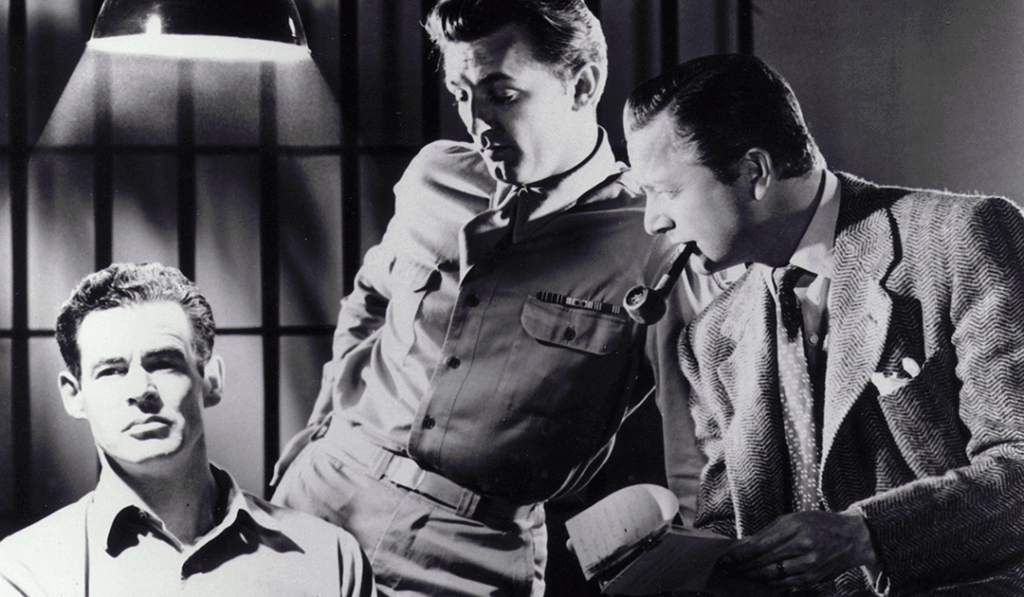(From the diary of Tyler Gitou, the Deal Whisperer)
“Verdi, haven’t you been working on closing that same deal for months?” asked Tyler Gitou.
“Yes I have, Mr. Gitou,” said Verdi.
“Why has it been so slow to close?”
Verdi sighed. “I have been struggling to get buy-in from the client around the deal. I am meeting with the people who run the client’s logistics department and trying to explain how the new system will function. But they all have different requirements for what they want the system to do.”
“Really? I would have thought those requirements would have been decided when they chose the system.”
“That’s the problem,” Verdi said. “The logistics department didn’t choose the system. The client’s new ‘business optimization’ group picked it.”
“Interesting. So one group in the company has chosen how another group will operate and did not ask their opinion?”
“That’s right,” Verdi said. “The business optimization group was tasked by the CFO with finding a software product that would drive greater efficiency and save as much money as possible. We showed that our product would reduce manual and redundant functions and potentially save the client thirty percent in the first year. So they chose us.”
“I’m glad they recognize the great value of your product,” Tyler said. “So after three months the logistics department is just getting introduced to the product?”
“Yes. The logistics department is now starting to understand what the software does and how this system will change the way they do business.”
“Sounds like you’re still selling, but now to the actual users.”
Verdi sighed. “It feels that way. I don’t understand why it’s taking so long. It’s a great product.”
“The problem is a process issue, Verdi,” Tyler said. “You never ‘sold’ the product. Instead, someone in the company chose a product for another department to use, and now they are just getting familiar with it. To reduce this type of inefficiency, a Deal Whisperer always identifies the key executive in the buying process. Ask yourself: Who is driving?”
“What does that mean?”
“Someone on the client side has to care that the deal is going to go through and the program be successful. That has to be a senior executive high enough to influence what is happening at the negotiation table. Think of it this way: if the client gets up from the negotiations and walks away, do you know who you will call to get them back to the table?”
Verdi thought for a moment. “No. I don’t know who would have that authority.”
“That’s your problem. You have no deal driver on the client side. That’s why you have struggled to drive the deal to closure.”
“So how do I fix that?” Verdi asked.
“For this deal you may not be able to. You need to have some high-level relationships on the client side who will reach out and help.”
“We don’t have any. This is a new client.”
“Fair enough. So let’s talk about some strategies to move more efficiently given your situation. But next time you are scoping out your deal, make sure you think about who is buying and develop a strategy to turn that buyer into your deal driver. To make an engagement successful, both parties need to have a shared interest in that success. With that shared interest there must be a shared passion for getting the deal done. Find out who on the client side is the source of that passion for success and you have your deal driver.”



